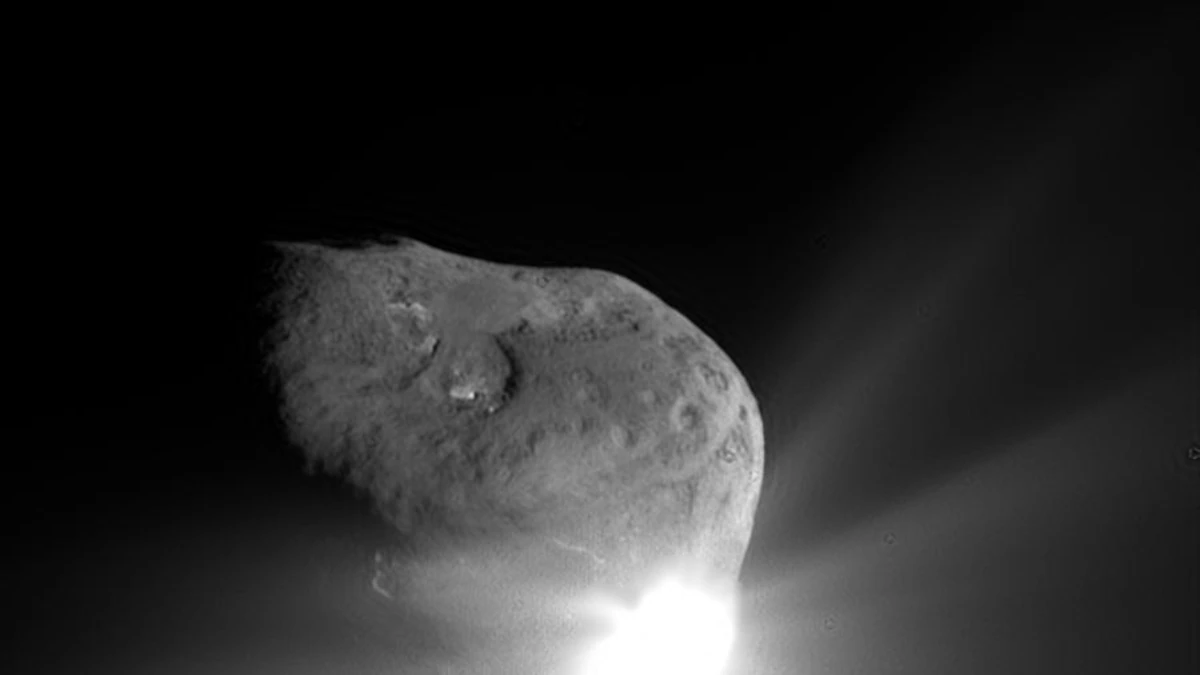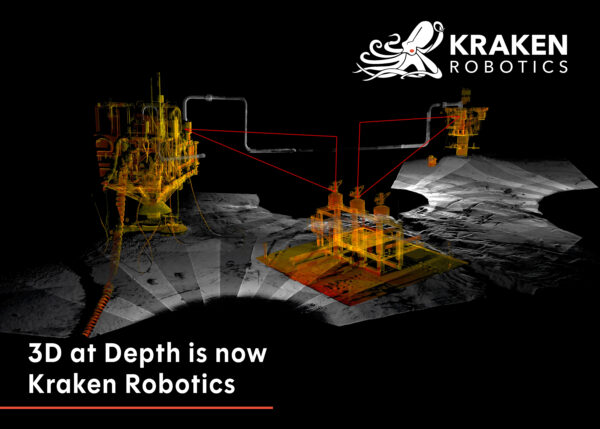Copyright National Geographic

In 2021, a global survey of 10,000 young people between the ages of 16 and 25 found that 75 percent were fearful of the future. More than half believed that humanity is doomed to extinction. There’s good reason for such pessimism. Today’s college students are growing up in an era of rising and multiplying risks to humanity. But not all of these existential risks are growing more dangerous. In fact, the ultimate risk – that of a world-destroying comet or asteroid impact – is now much lower than it once was. There are many reasons for this remarkable reduction in risk. Among the most important is that one group of college students, and one young professor, decided to take action. In the 1960s, when the possibility of an asteroid impact alarmed the American public for the first time, these students drafted a blueprint for saving the Earth. In 1949, the astronomer Walter Baade discovered the asteroid that would be known as Icarus. It was quickly clear that the orbit of Icarus not only carried the asteroid near the Sun – hence its name – but also perilously close to the Earth. In 1965, Robert Richardson, an astronomer who had helped calculate the orbit of Icarus, pointed out that it would take only a tiny change in the asteroid’s orbit for it to strike the Earth when it next approached in 1968. The physicist Stuart Thomas Butler then warned that Icarus “could reduce any of the world’s major cities to rubble in a flash.” In the frightening decade of the 1960s, such warnings easily stoked public concern. The United States and the Soviet Union teetered on the brink of nuclear war. Ecosystems across the developed world were in obvious collapse, owing in part to unregulated pollution and pesticide use. It was an era of existential risk, much like our own, and widespread anxiety may explain why many took Butler’s warnings seriously. In The New York Times, Walter Sullivan reported a wave of “nervous telephone calls to this and other newspapers.” Influential astronomers rushed to assure the public that there was no chance of a collision in 1968, but they could not deny that another asteroid could, in theory, strike the Earth at any time. Exclusive Holiday Gift Bundle Gift a subscription to wonder In January 1967, a little over one year before Icarus was due to pass the Earth – or collide with it – Paul Sandorff, an engineer at Lockheed Martin and a professor at the Massachusetts Institute of Technology (MIT), prepared to teach a graduate course on advanced space systems engineering. He posted advertisements for potential students on bulletin boards across campus. His course, he promised, would require its students to develop a proposal for preventing the impact of Icarus on Earth. Many MIT students were skeptical. Some recalled hearing jokes on campus – “how about building a big trampoline?” – but in the end, 21 students registered for the course. They walked into their first class with an “almost cynical attitude,” they later recounted, and their first sight of Sandorff – a small man with a slouch and pants pulled over his stomach – did little to change their minds. The cynicism didn’t last long. Sandorff laid out a harrowing scenario: astronomers had, after all, determined that Icarus would impact the Earth – at noon on June 19th, 1968, when the asteroid would land in the mid-Atlantic and explode with the force of 500 billion tons of TNT. The resulting tsunami would kill millions. Sandorff’s students needed to come up with a plan to keep that from happening. To that end, they would use only existing technology, and the national and global resources that could realistically be mobilized in 70 weeks. The students understood that, even if Icarus would not actually strike the Earth, the threat of an asteroid or comet collision was real, increasingly frightening to the public, and totally unaddressed by governments. It did not take them long to pursue a solution with the “relentless determination,” they later wrote, for they had been given a mission with “the most rewarding of all goals – saving human lives.” The students organized themselves into groups, each responsible for tackling a different part of the challenge posed by the imminent arrival of Icarus. They quickly learned that “a decision by one group often became a ground rule for another,” so challenging problems could only be solved through “close coordination and cooperation” within and between groups. It was a crash course in systems management. The students soon made real progress in understanding the nature of the challenge posed by an inbound asteroid. They realized that it would be comparatively easy to divert an asteroid from a collision course with the Earth if it could be reached while it moved at relatively slow speeds through the point of its orbit that took it farthest from the Sun. You use the same principle when you push a swing: a little nudge at the top will make a big difference at the bottom. The students decided that detection was the first and most important step in preventing the collision of an asteroid with the Earth. If a threatening asteroid could be spotted many years before it hit the Earth, then a rocket could travel to that asteroid when it was far from the Sun. By giving it a modest push, the rocket would change the asteroid’s orbit ever so slightly – but that would be enough to cause it to miss the Earth. The students understood that it was too late to divert Icarus using this method. By the time spacecraft could be dispatched to the asteroid, Icarus would be bearing down on Earth at over 100,000 kilometers per hour. One possibility was to destroy the asteroid with a hydrogen bomb. The students estimated that a bomb with a yield of one billion tons of TNT might suffice, but that was about 50 times more powerful than the largest bomb in the US arsenal. There seemed to be no way of manufacturing a bomb of such power at short notice. Worse, a powerful bomb might simply break up Icarus into fragments that would, collectively, still cause global devastation. The only option was therefore to redirect or deflect Icarus near the Earth, but that too would require enormous force. By the end of the semester, the students worked out a plan. Six Saturn V Moon rockets would carry hydrogen bombs that each had a yield of 100 million tons of TNT. Guided by radar, the first bomb would detonate some 100 feet from the asteroid, far enough to minimize the risk of fragmentation. Radiation from the bomb would vaporize the surface of the asteroid, imparting momentum that would nudge the asteroid off course. Subsequent bombs would keep pushing the bomb if it was still heading for Earth, or destroy any Earthbound fragments. Since each rocket could fail, and because the asteroid might disintegrate into fragments too small to destroy, the plan wasn’t foolproof. But the students calculated that “Project Icarus” had a roughly 71% chance of deflecting doomsday. And it would require no more than 1% of America’s GDP to complete. In May, the students presented their complete plan in MIT’s Kresge Auditorium. With “tremendous enthusiasm,” as they put it, they followed the release of articles that described their project in “at least 30 newspapers from coast to coast.” Yet after Icarus sailed safely by the Earth in 1968, public interest in the impact risk declined. Governments had made no effort to fund detection programs – let alone systems that could, someday, intercept and deflect an inbound asteroid. That would change. In 1979, scientists showed that a large asteroid had likely caused the worldwide extinctions that doomed the dinosaurs, and in 1989 a previously unobserved asteroid passed perilously near the Earth. When the fragments of a comet astonished the public by colliding with and bruising Jupiter in 1994, Congress incorporated impact prevention – or “planetary defense,” as it was now called – into NASA’s core responsibilities. Three decades after Sandorff’s students graduated from MIT, their recommendations for asteroid detection programs were finally followed. Scientists have now plotted the orbits of some one million asteroids, and found that none pose a risk to Earth. By colliding with asteroids, robotic spacecraft have also established the viability of the preferred deflection method articulated in Project MIT: rerouting asteroids while they’re far from Earth. The risk of an asteroid impact is, accordingly, far lower now than it was when Sandorff’s students stepped into his classroom in 1967. The method Sandorff devised to teach his course has never felt more relevant. In today’s classroom, students can feel disempowered – even hopeless – when they learn about the threats posed by nuclear proliferation, climate change, or the continued development of artificial intelligence. The Sandorff method helps them feel like they can contribute to real solutions. And who knows? They might just save the world. Dagomar Degroot is Associate Professor of Environmental History at Georgetown University and author of the new book Ripples on the Cosmic Ocean: An Environmental History of Our Place in the Solar System.



